Chongqing, one of China’s four municipalities, is known as the “Mountain City” for its dramatic hills and riverside skyline. Famous for fiery hotpot, misty nights, and the mighty Yangtze River, the city blends modern skyscrapers with centuries-old culture. Whether you’re strolling historic alleys, gazing at neon-lit bridges, or cruising through the Three Gorges, Chongqing offers travelers a dynamic mix of tradition and modern energy.
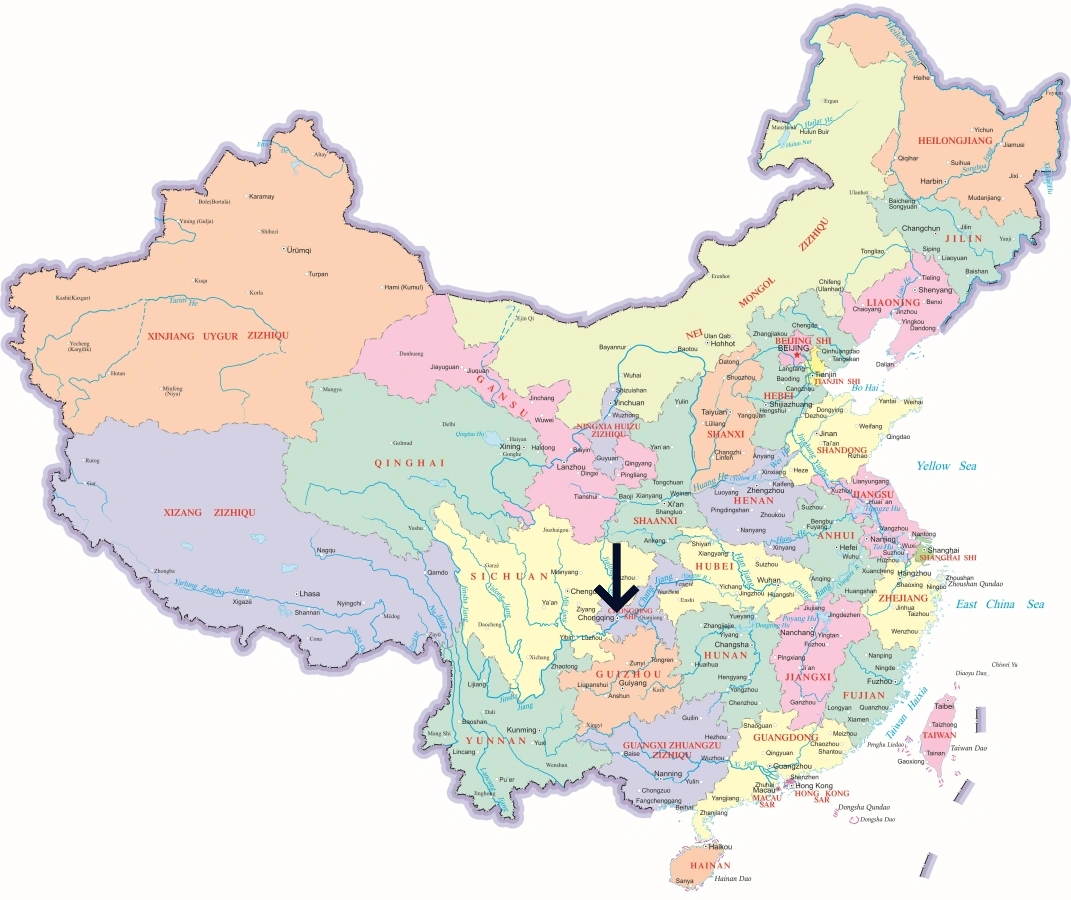
Chongqing’s highlights stretch from cliffside architectural wonders to vibrant nightlife. Explore the dazzling Hongya Cave, wander the nostalgic lanes of Ciqikou Ancient Town, and take photos at the lively Jiefangbei Pedestrian Street. Hike the Mountain City Trail for panoramic river views, admire the ornate Huguang Guild Hall, or visit the sacred Luohan Temple. Don’t miss a night out at Jiujie (Nine Streets) or a cruise through the Yangtze River’s Three Gorges, one of China’s most spectacular landscapes.

Located in Chongqing’s city center, Jiefangbei Pedestrian Street is a vibrant commercial hub with shopping malls, luxury boutiques, restaurants, and the iconic Liberation Monument.
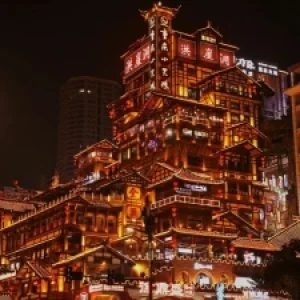
Hongya Cave is a famous riverside complex built along cliffs, featuring stilted houses, night views, traditional food, and shops, blending Chongqing culture with modern nightlife.
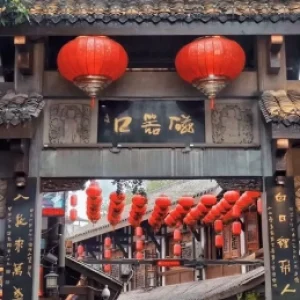
Ciqikou Ancient Town is a preserved historic area with Ming and Qing architecture, old streets, tea houses, local snacks, and cultural performances that reflect Chongqing’s heritage.
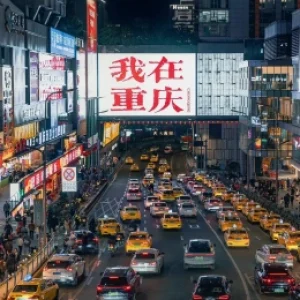
Guanyinqiao Pedestrian Street is a modern shopping district in Jiangbei, featuring large malls, fashion boutiques, dining options, and vibrant nightlife, attracting locals and tourists alike.
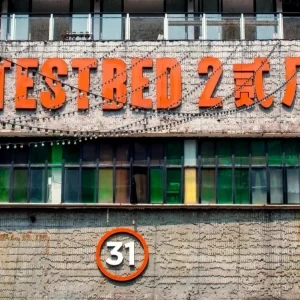
Erchang Creative Park, a transformed old factory, is now a trendy cultural and creative hub with art exhibitions, cafes, boutique shops, and events showcasing Chongqing’s modern lifestyle.
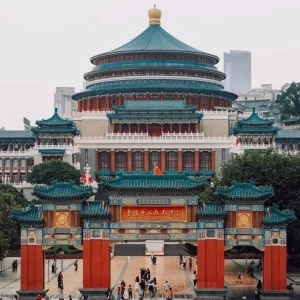
The Great Hall of the People is a landmark building with grand architecture inspired by Beijing’s Temple of Heaven, hosting cultural events, performances, and exhibitions in Chongqing.
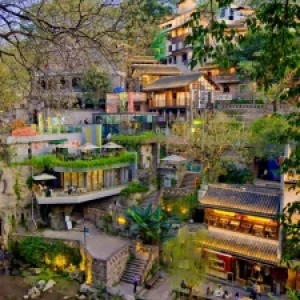
The Mountain City Trail offers scenic walking paths through Chongqing’s unique hillside landscape, connecting neighborhoods, old streets, stairways, and viewpoints with panoramic river views.
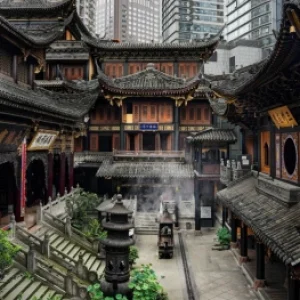
Luohan Temple is a historic Buddhist temple in downtown Chongqing, known for its ancient architecture, serene atmosphere, thousands of Arhat statues, and spiritual cultural heritage.
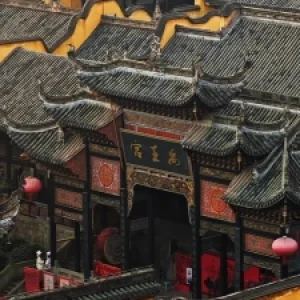
Chongqing Huguang Guild Hall is a preserved Qing Dynasty complex featuring theaters, temples, and courtyards, showcasing traditional architecture and the migration culture of old Chongqing.
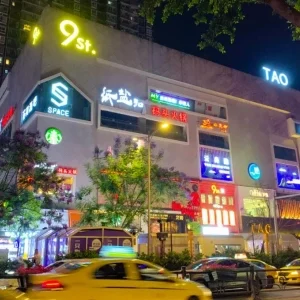
Jiujie, known as Nine Streets, is a bustling nightlife district in Chongqing, filled with bars, clubs, restaurants, and entertainment, making it a popular destination for young visitors.
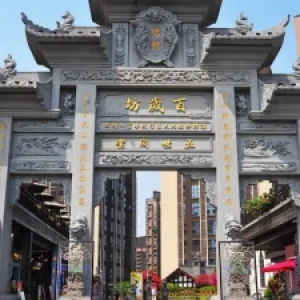
Danzishi Old Street blends traditional architecture with riverside charm, offering cultural attractions, local snacks, souvenir shops, and scenic views of Chongqing’s skyline and bridges.
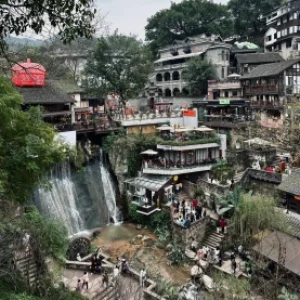
Xiahhao Old Street preserves old Chongqing’s charm with narrow lanes, traditional residences, murals, and cafes, attracting visitors who enjoy history, photography, and cultural exploration.

Laojun Cave is a Taoist temple site with historical significance, blending natural caves and religious architecture. It’s a peaceful spot for worship, cultural learning, and scenic exploration.
Chongqing is the birthplace of spicy hotpot, bubbling with red chili oil and numbing peppercorns. Slurp bowls of Chongqing Noodles, savor rich Mao Xue Wang (Spicy Offal Stew), or try tangy Hot and Sour Glass Noodles. Locals love delicate Chongqing Wontons in chili sauce and comforting Rice Noodles. Street food fans shouldn’t miss skewers, spicy grilled fish, or sweet-and-spicy snacks sold late into the night, fueling the city’s reputation as a culinary paradise.
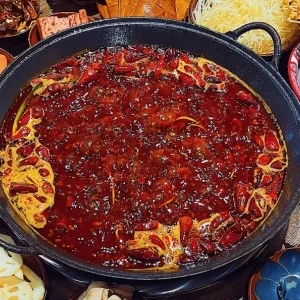
Chongqing Hot Pot is world-famous for its spicy broth with chili and Sichuan peppercorns. Diners cook meats, vegetables, and tofu at the table, enjoying bold, numbing flavors.
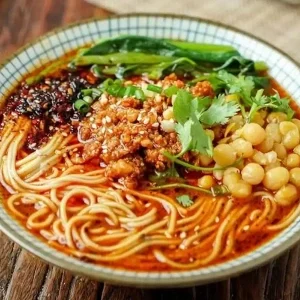
Chongqing Noodles are spicy, fragrant wheat noodles in chili oil sauce, topped with peanuts, scallions, and preserved vegetables, offering a simple yet powerful street food experience.
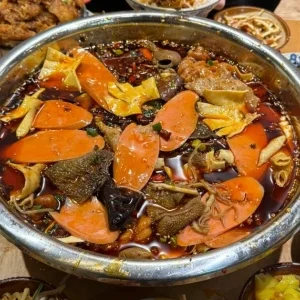
Mao Xue Wang is a classic Chongqing dish with duck blood, offal, vegetables, and bean sprouts, simmered in a rich, fiery chili broth, delivering intense heat and numbing spice.
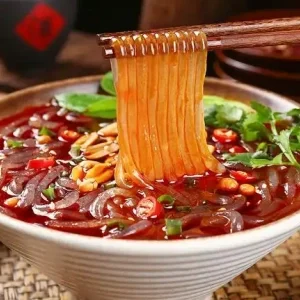
Hot and Sour Glass Noodles feature chewy sweet potato noodles in a tangy, spicy broth, flavored with vinegar, chili oil, peanuts, and preserved vegetables, creating bold street food flavors.
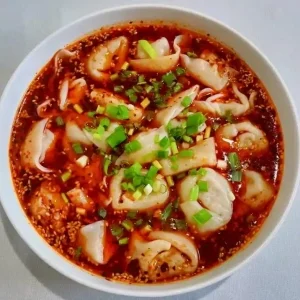
Chongqing Wontons, known as “Chao Shou,” are soft dumplings served in a red chili oil sauce with garlic, soy, and vinegar, offering a flavorful balance of spicy, savory, and tangy.
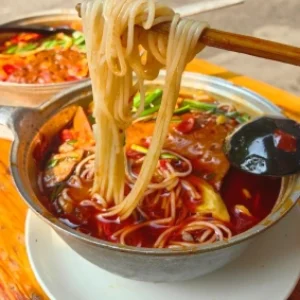
Chongqing Rice Noodles are soft rice noodles served in a flavorful, spicy broth with chili oil, minced meat, and pickled vegetables, a beloved comfort food with bold, local taste.
Navigating Chongqing is an adventure in itself, thanks to its hills, bridges, and river-crossing transport. A growing metro system connects major districts, while the iconic Yangtze River Cableway offers scenic rides over the water. Taxis and ride-hailing apps like Didi are affordable, though traffic can be heavy. Chongqing Jiangbei International Airport (CKG) links the city globally, and high-speed trains connect it to Chengdu in about 1.5 hours and Xi’an in under 5.
Luxury hotels cluster around Jiefangbei and Nanbin Road, offering skyline views and easy access to nightlife. Boutique travelers enjoy creative spaces in the renovated Erchang Creative Park, while budget hostels near Ciqikou Ancient Town attract backpackers seeking culture and food. For stunning nightscapes, riverside hotels along Nan’an District are popular, while families may prefer quieter stays in suburban areas with easy metro access.
Mix cultural exploration with urban excitement: sip tea in Xiahhao Old Street, photograph the glowing stilted houses of Hongya Cave, and enjoy live performances at the Great Hall of the People. Take a night cruise to admire the illuminated skyline, or escape to Laojun Cave for Taoist history. Between hotpot feasts and neon nights, balance your itinerary with peaceful river strolls and historical landmarks.
The best seasons to visit are March to May and September to November, when the weather is pleasant and skies are clearer. Summer is extremely hot and humid, earning Chongqing the nickname “Furnace City.” Winters are mild but damp, often with fog. In small eateries, Alipay and WeChat Pay are preferred, but carrying some cash is useful as backup. Avoid early October during Golden Week, when attractions are very crowded. Always carry an umbrella since rain and mist are common throughout the year.
Chongqing is one of China’s four municipalities directly under the central government. It covers an area of about 82,400 sq km, making it the largest municipality in China by land size. Chongqing has a permanent population of approximately 32 million, spread across its central urban core and extensive rural areas.
Here’s a breakdown by major urban districts (approximate figures):
Note: Population numbers are based on the latest estimates and may vary slightly.
Chongqing has a humid subtropical climate, famous for its hot, humid summers and foggy winters. It is nicknamed the “Furnace City” due to its intense summer heat. Winters are damp but generally frost-free.
Here’s what to expect month by month:
Best travel season: March to May and September to November.
Here are the postal and telephone codes for major districts in Chongqing:
Explore detailed travel guides for China’s most popular cities, covering attractions, local food, accommodations, and transportation tips.

 English (US)
English (US)